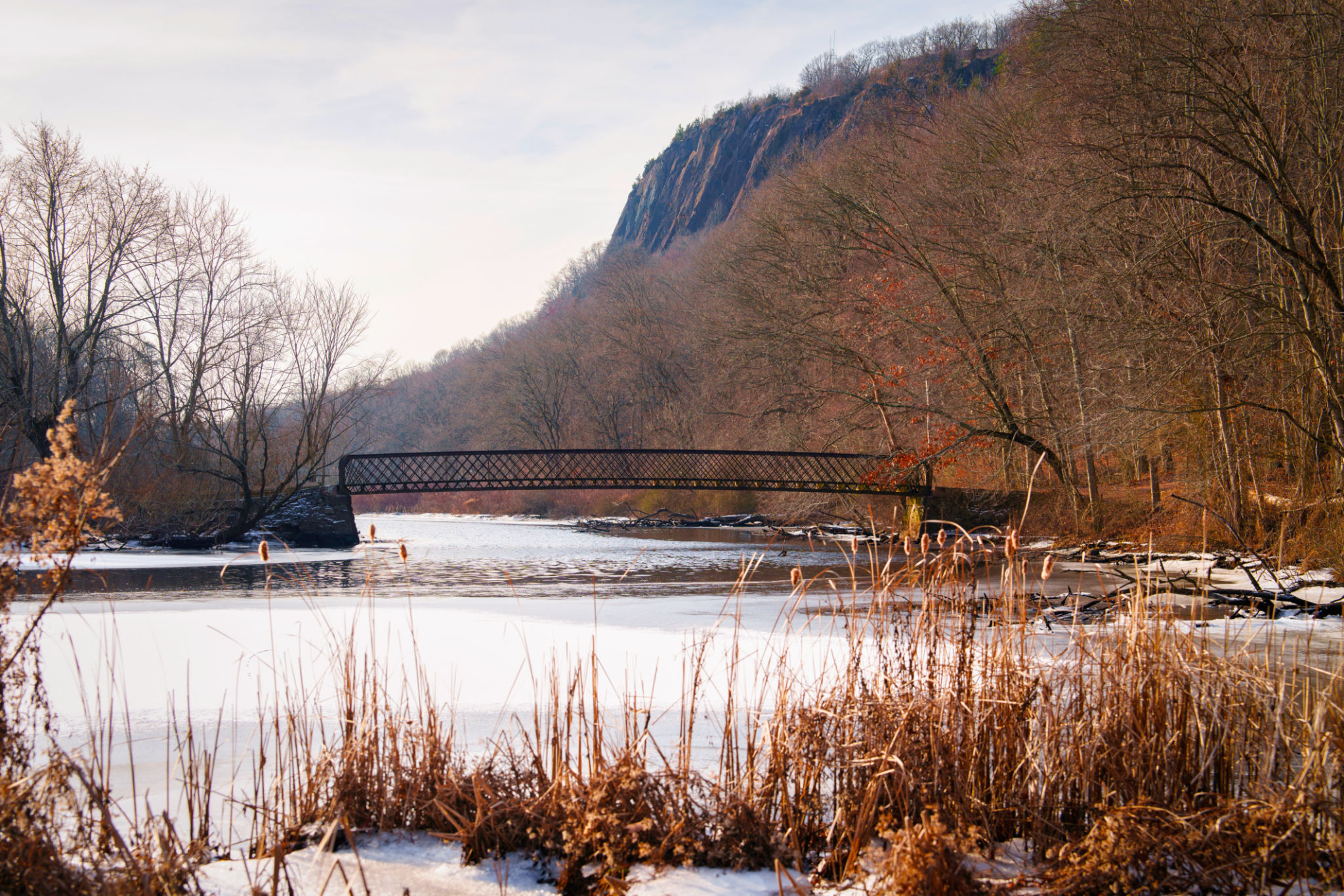Understanding the Impact of Connecticut's Weather on Sewer Systems
Introduction to Connecticut's Weather and Sewer Systems
Connecticut is known for its diverse weather patterns, ranging from heavy snowfalls in the winter to intense thunderstorms in the summer. These varying conditions can significantly affect the state's infrastructure, particularly its sewer systems. Understanding how weather impacts these systems is crucial for effective management and maintenance.
Sewer systems are designed to handle a specific capacity of wastewater and stormwater. However, extreme weather events can overwhelm these systems, leading to potential backups and overflows. This not only poses a risk to public health but also impacts the environment negatively.

The Effects of Seasonal Changes
Each season brings unique challenges to sewer system management in Connecticut. During the winter months, freezing temperatures can lead to frozen pipes, causing blockages and potential pipe bursts. Snowmelt as spring approaches can contribute to increased water flow, exerting additional pressure on the sewer infrastructure.
In the summer, heavy rains from thunderstorms can rapidly increase the volume of water in the sewers. These sudden influxes can exceed the system's capacity, leading to flooding and potential contamination of local water bodies. Proper planning and maintenance are essential to mitigate these effects.
Spring Thaw and Increased Water Flow
As the snow begins to melt in spring, the resulting runoff can significantly increase water levels in local sewer systems. This seasonal phenomenon requires careful monitoring and management to prevent overflow and ensure that wastewater treatment facilities can handle the increased load effectively.

Impact of Severe Weather Events
Beyond seasonal changes, severe weather events such as hurricanes and nor'easters pose significant challenges to Connecticut's sewer systems. High winds and heavy rainfall can lead to power outages, affecting the operation of pumping stations and treatment facilities. Additionally, debris from storms can clog sewer lines, further complicating maintenance efforts.
Communities must have contingency plans in place to address these issues promptly. This includes having backup generators for critical infrastructure and ensuring that stormwater management systems are up-to-date and functioning properly.
Adapting Infrastructure for Climate Change
With climate change leading to more frequent and intense weather events, it's essential for Connecticut to adapt its sewer infrastructure accordingly. This might involve upgrading existing systems to handle greater capacities or implementing green infrastructure solutions, such as permeable pavements and rain gardens, to reduce stormwater runoff.

The Role of Technology in Sewer Management
Advancements in technology offer new opportunities for improving sewer system resilience against weather impacts. Remote sensing and monitoring systems can provide real-time data on water levels and flow rates, allowing for proactive management and quicker response times during adverse weather conditions.
Furthermore, predictive modeling can help anticipate potential problem areas within the sewer network, enabling targeted maintenance and upgrades. By leveraging these technologies, municipalities can enhance their ability to manage weather-induced challenges effectively.
Community Involvement and Awareness
Public awareness and community involvement play crucial roles in maintaining sewer system health. Educating residents about proper waste disposal and encouraging practices that minimize stormwater runoff can significantly reduce the strain on local sewers.
Community initiatives such as rain barrel workshops or tree planting events can also contribute positively by managing excess rainwater naturally. Such collaborative efforts between municipalities and residents are vital for creating sustainable solutions to weather-related challenges facing Connecticut's sewer systems.
